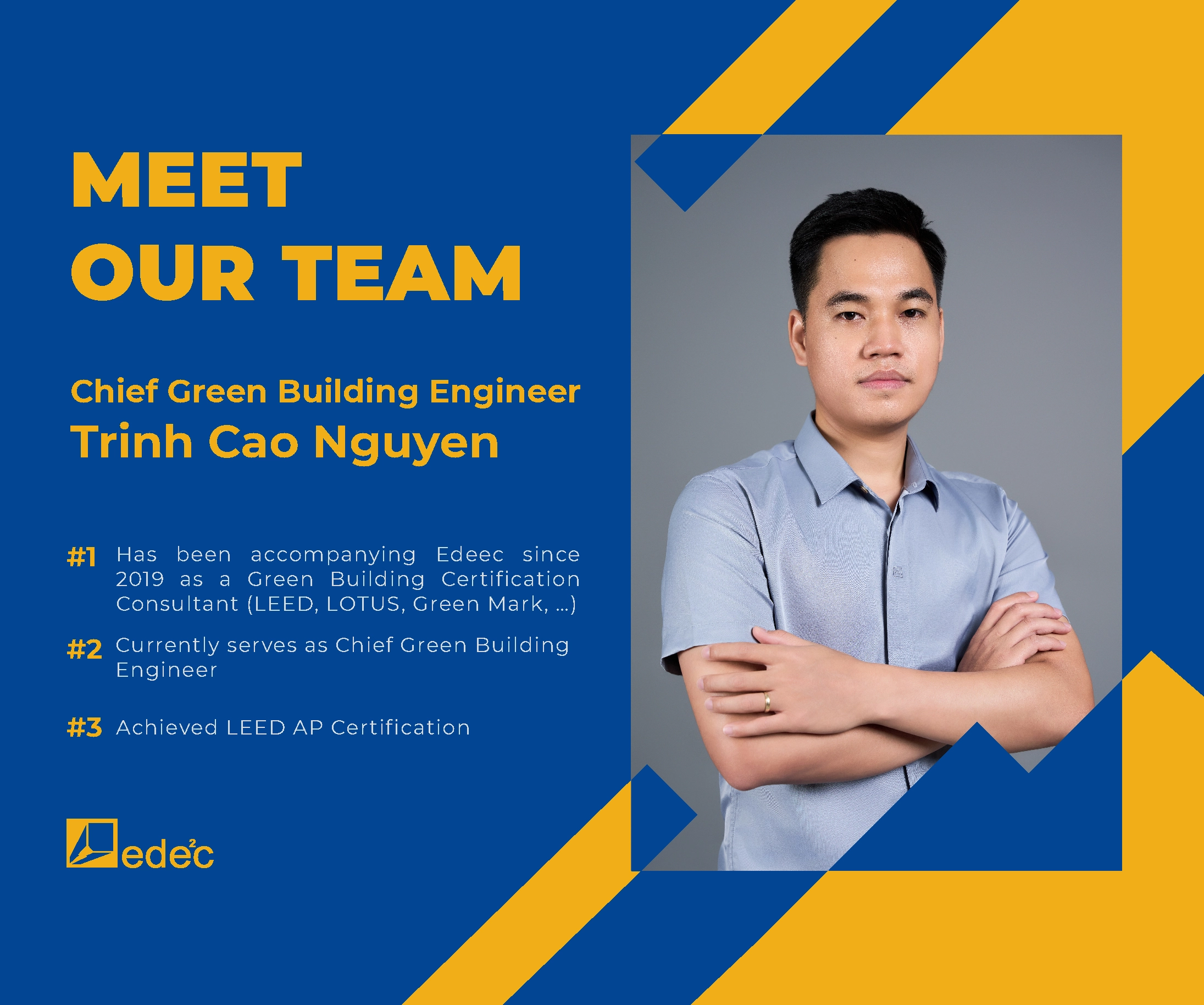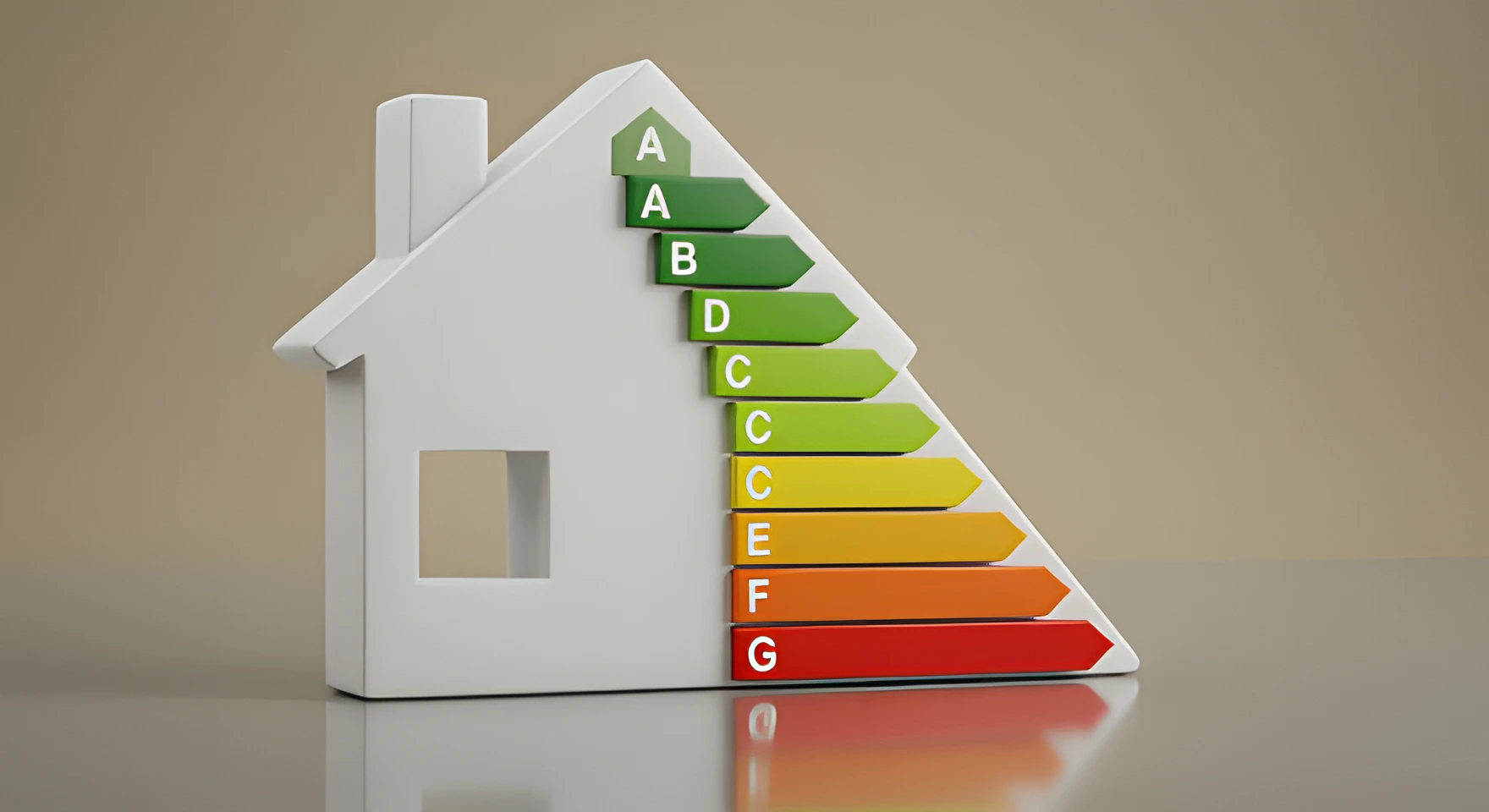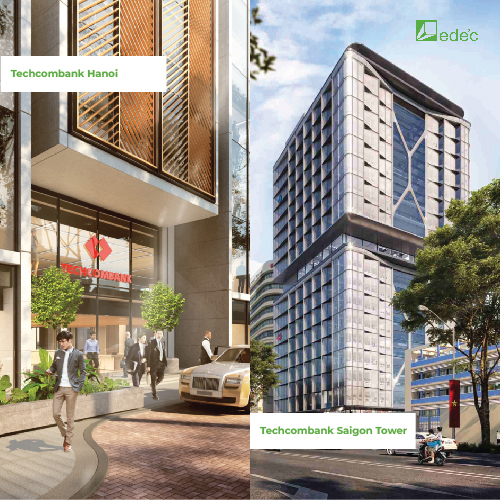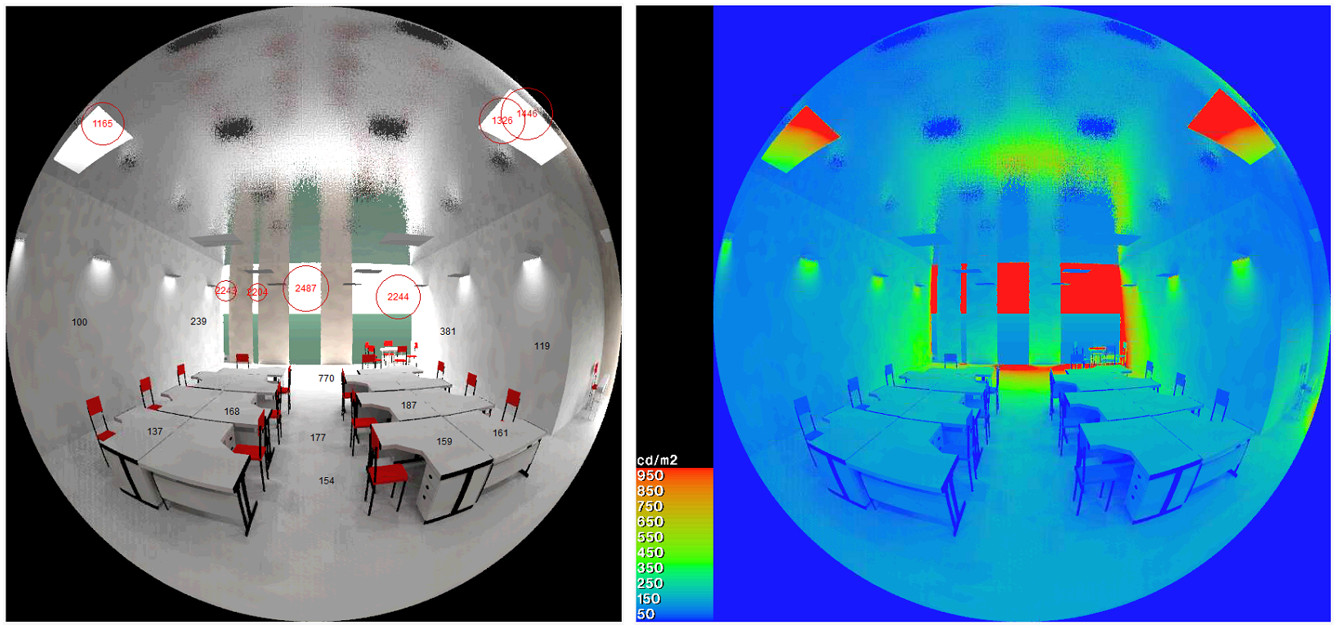RESOURCES
Choose green design or anti-sustainable design?

In the Vietnamese and global economy since 2012, we have witnessed many notable events, and real estate has been a business field with many changes. Parallel with this change is the trend of sustainable and green architecture that “warms up” the construction industry in Vietnam.
That is in terms of future trends, but what about reality? The world is fighting against climate change, and sustainable design and building amenities are common to save resources, but what is happening in Vietnam?
In order to answer the above question, we should look back on the 10 years preceding the crisis. This is the period during which the real estate bubble developed, starting with the residential housing market, especially apartments. In this boom period, real estate brokers and even home buyers were constantly clamoring for properties. The market was extremely active, resulting in a wave of quick buys and sells. As long as transactions were made, you could pocket several hundred million, billions of dongs.
Therefore, secondary investors had been formed. They were willing to borrow tens of billions of dongs from the bank in order to deposit an entire apartment floor. They would then gradually sell it to people who wanted to live in it or third parties. Therefore, secondary investors did not need to know how the apartment they ordered was designed. All they needed to do was get the project information, build a relationship with investors, and make a deposit on the floor.

Sustainable, green architecture is emerging as a phenomenon of civil engineering in Vietnam.
Criteria for ordering often depend on the area and the level of luxury offered by the owner. Although it was so simple and easy, they still earned compound interest. Permissiveness has invisibly led to a wave of design simplification, and to a lack of attention to minimal living comforts, enabling these designs to be quickly incorporated, from urban planning to every particular home.
First of all, it is necessary to consider the big issue, which is urban planning. Whether planning trends that are happening and will continue in coming years have laid the foundation for implementing the design of sustainable, environmentally friendly cities? Along with the so-called planning theory, we are currently having planning lectures with high generalization theory, talking about the existence of cities, preventing flooding, heat islands, groundwater, etc., about the building (height, area, red line), about the scale calculations to ensure the demand for water supply and drainage, electricity supply, communication, traffic… recommendations on house orientation, wind diagram, design tips…
This is the basic, indispensable foundation for planners. Do not discuss this issue, it is something that must be understood and taught at universities. The problem of design is often best understood through practice and application. Let’s talk about the small-scale reality of cities and the trends in planning that have been happening in recent years.
High-rise apartment buildings are designed to create a balance between the horizontal and vertical dimensions of the block, so that they are square, but we rarely find residential plans with a long and narrow direction or a narrow strip forming a courtyard. Is it really bad-looking and unbalanced in the eyes of Vietnamese planners?
To be able to answer the question of sustainability or anti-sustainability of architectural design, the first thing to consider is what sustainability is. The figure below represents the ratio of sustainability criteria for the most famous and prestigious LEED green building certification system in the world today. Environmental and energy criteria make up the majority of the criteria system.
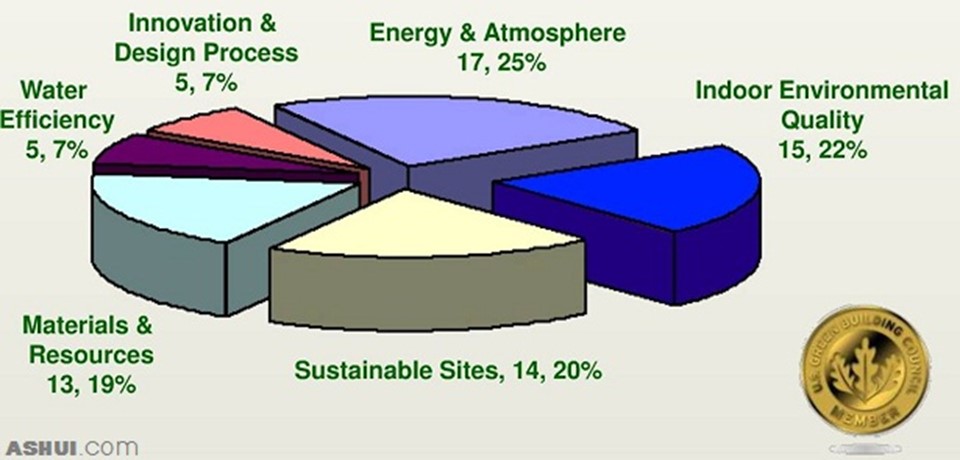
Assessment rate for LEED 2.2 and LEED 3.0 green building criteria.
In essence, these are two closely related issues where a favorable natural environment will reduce energy consumption and vice versa. So, what is the impact of a balanced building plan on the overall site on building amenities and energy use in Vietnam?
Taking a look at the overall design, it is apparent that the architect chose to create symmetry. This is similar to classical European plans and designs, which the investors also envisioned for the project. Its name conjures up images of a city for kings. So, does planning in a simple, idea-oriented, name-oriented way create high-quality apartments?
From the point of view of sustainability and green architecture, I believe apartment design in Vietnam is more difficult than in other countries in the world. This is related to Vietnamese food culture.
Cooking in Vietnamese families is quite complicated and time-consuming, especially during the holidays, or simply to celebrate a small joy in the family. Therefore, the design of airy kitchens is crucial. Even housewives enjoy having a balcony attached to their kitchen to prepare smelly dishes from fresh ingredients.
However, most cannot do this. The only way to cool the apartment while cooking is to turn on the air conditioner and the exhaust fan. In some cases when this problem is solved, the kitchen covers the family’s living room view.
Above are some sharing and comments about the reality of planning and architectural design in Vietnam. It is hoped buildings will no longer be built in a hurry, sold in a hurry, ignore living comfort, environmental quality, or ignore the housing culture. Buyers will also gradually become more demanding because more and more apartments will be available at cheaper prices. Smart investors will need to adjust the design quality to meet market demands.
Finally, Vietnamese architects are not incapable of solving the current planning and living environment quality problems, but in order to detect and reflect other macro-impacts in design, it is necessary to have other macro-impacting factors. I hope that international organizations will come and coordinate with Vietnamese practitioners to come up with plans and designs to create really high-quality and sustainable products here so that Vietnam can get rid of the out-of-tune and catch up with the world in the fight against climate change.
Ms. Architect Tran Thanh Vu – Chairman of Vietnam Building Performance Simulation Association

